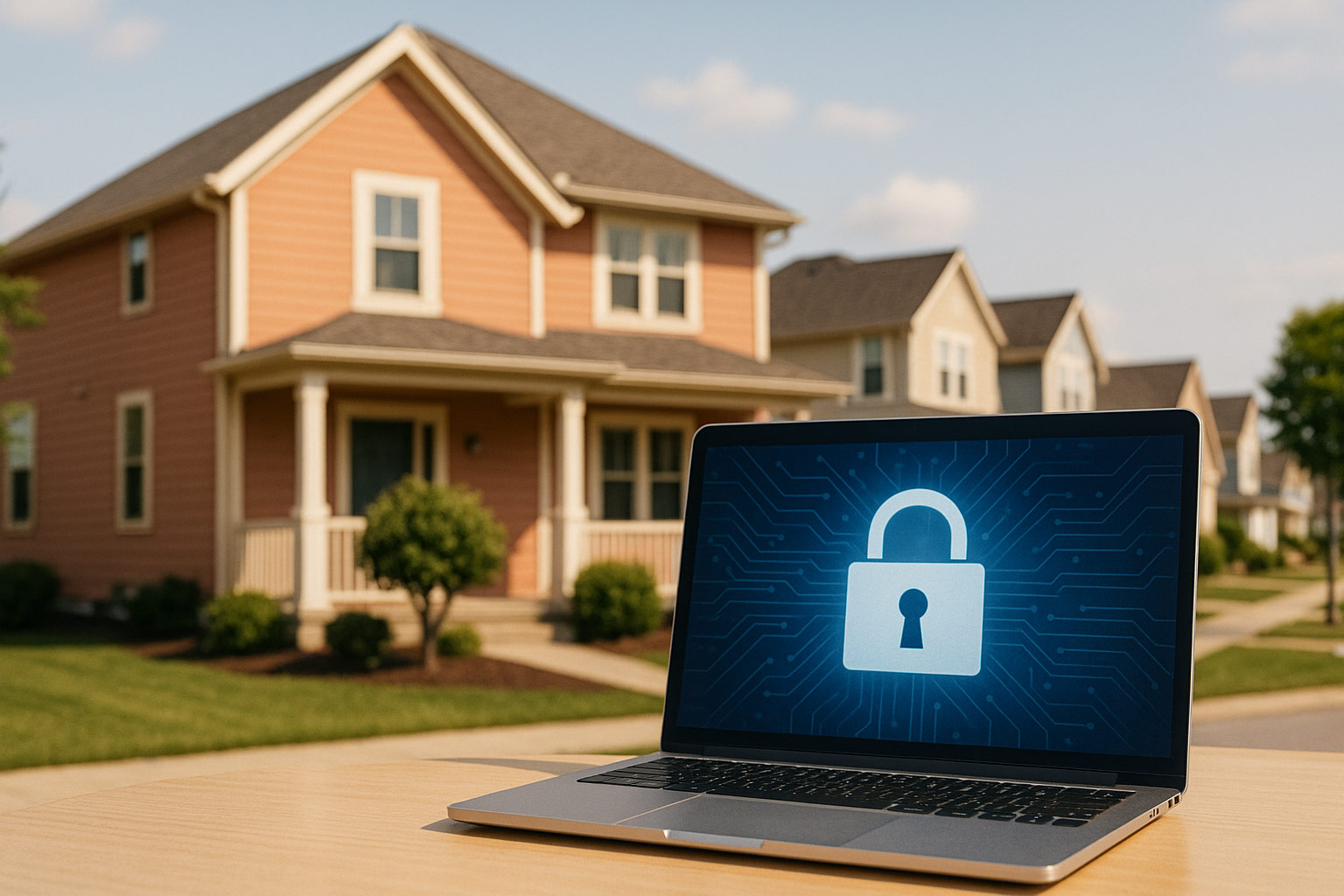
In today’s digital-first world, cybersecurity is no longer just a concern for IT professionals—it’s a daily priority for everyone. With cybercrime costs projected to surpass $10.5 trillion globally by 2025, understanding the basics of online safety is critical for protecting your finances, identity, and peace of mind. From major metro areas like New York City and Los Angeles to small towns across the Midwest, every internet-connected household faces growing risks that demand proactive action.
Why Cybersecurity Awareness Matters
More Americans are working remotely, banking online, and managing smart home devices than ever before. This increase in connectivity creates opportunities for cybercriminals. According to a recent National Cybersecurity Alliance survey, nearly 60% of small businesses and households experience at least one cyber threat per year.
"Cybersecurity isn’t just about technology; it’s about behavior. Every user, whether a homeowner or a small business owner, has a role to play," says Jane Doe, Chief Security Officer at a leading digital safety firm.
Simple missteps—like using weak passwords or ignoring software updates—can open the door to costly breaches. Awareness and preparation remain your strongest defense.
1. Secure Your Passwords and Accounts
Passwords are your first line of defense. Weak or reused passwords make it easy for hackers to access sensitive accounts, from bank logins to smart thermostats.
- Use a password manager: Tools like LastPass or 1Password generate and store complex, unique passwords.
- Enable multi-factor authentication (MFA): MFA adds a critical layer of protection by requiring additional verification steps.
- Regularly update passwords: Change them every 6-12 months, especially for financial and email accounts.
2. Keep Software Updated
Outdated software is a top entry point for hackers. Cybercriminals exploit known vulnerabilities in operating systems, browsers, and even smart devices.
Set devices to update automatically whenever possible, and make a monthly habit of checking your router, IoT devices, and antivirus software for patches.
3. Protect Your Home Network
With the rise of remote work, home networks are frequent attack targets. A secure network protects not only your devices but also sensitive work data.
Steps for a Safer Home Network
- Change your router’s default admin credentials immediately after setup.
- Use a strong, unique Wi-Fi password with WPA3 encryption.
- Create a separate guest network for visitors and smart devices.
- Invest in a firewall and network monitoring software.
4. Recognize and Avoid Phishing Scams
Phishing emails, texts, and calls are the most common ways hackers gain access to accounts. These scams often appear legitimate, using logos and branding to trick recipients.
Always verify the sender and never click on suspicious links. Hover over URLs to preview destinations and use spam filters for extra protection.
5. Back Up Your Data Regularly
Whether from ransomware or hardware failure, data loss can be devastating. Frequent backups ensure you can recover quickly.
Experts recommend the 3-2-1 backup strategy: three copies of data, stored on two different media types, with one copy kept off-site or in the cloud.
6. Educate Your Family and Team
Cybersecurity isn’t a one-person job. Families and employees should understand online safety best practices to minimize risks.
"Training is the most cost-effective way to reduce cyber incidents. Even basic phishing awareness training cuts attack success rates by over 70%," notes Mark Rivera, a cybersecurity consultant based in Austin, Texas.
7. Consider Cyber Insurance
As cyberattacks become more sophisticated, cyber insurance can help cover financial losses and recovery expenses. Homeowners and small businesses alike are increasingly adding this coverage, especially in states like California and Florida, where tech adoption is high.
Quick Cybersecurity Checklist
- Use a password manager and enable MFA.
- Update all software and devices monthly.
- Secure your home Wi-Fi network with encryption.
- Learn to spot phishing scams.
- Back up important data regularly.
- Educate household members or employees.
Conclusion
Cybersecurity doesn’t have to be overwhelming. By taking small, consistent steps, you can protect yourself, your family, and your finances from today’s most common threats. Whether you live in a bustling city apartment or a quiet suburban home, digital safety is part of modern living. Consider setting aside time this month to review your cybersecurity practices and consult a trusted IT or security professional for personalized advice.
Stay ahead of digital threats with practical, expert guidance.
Explore More Tech Insights